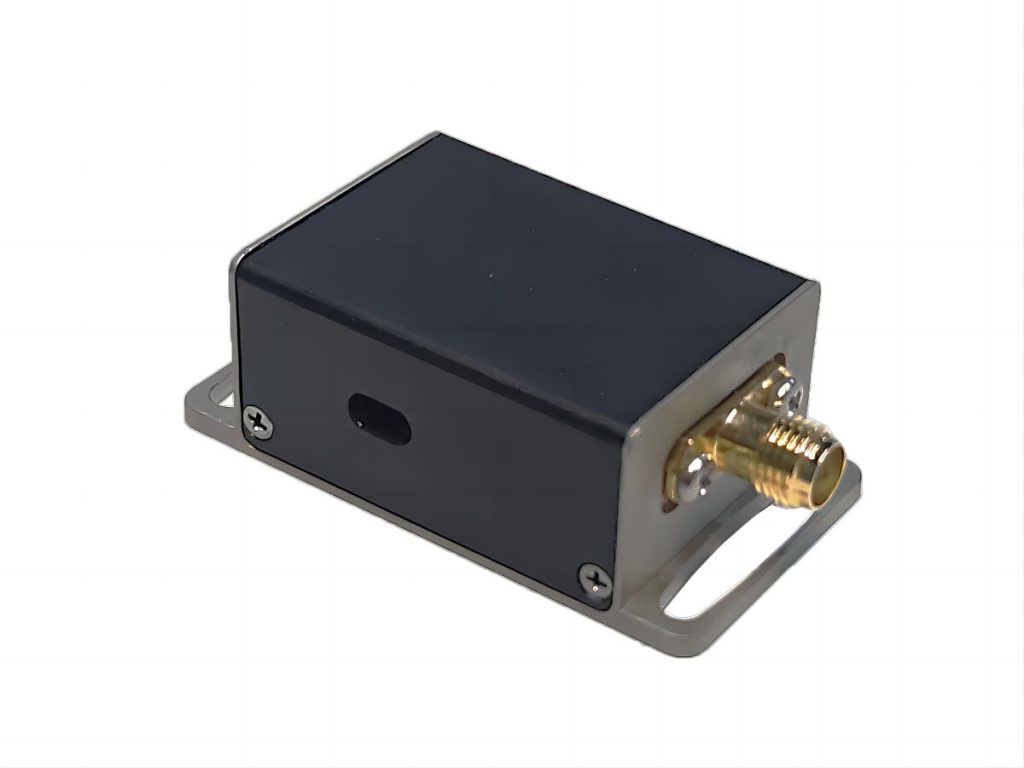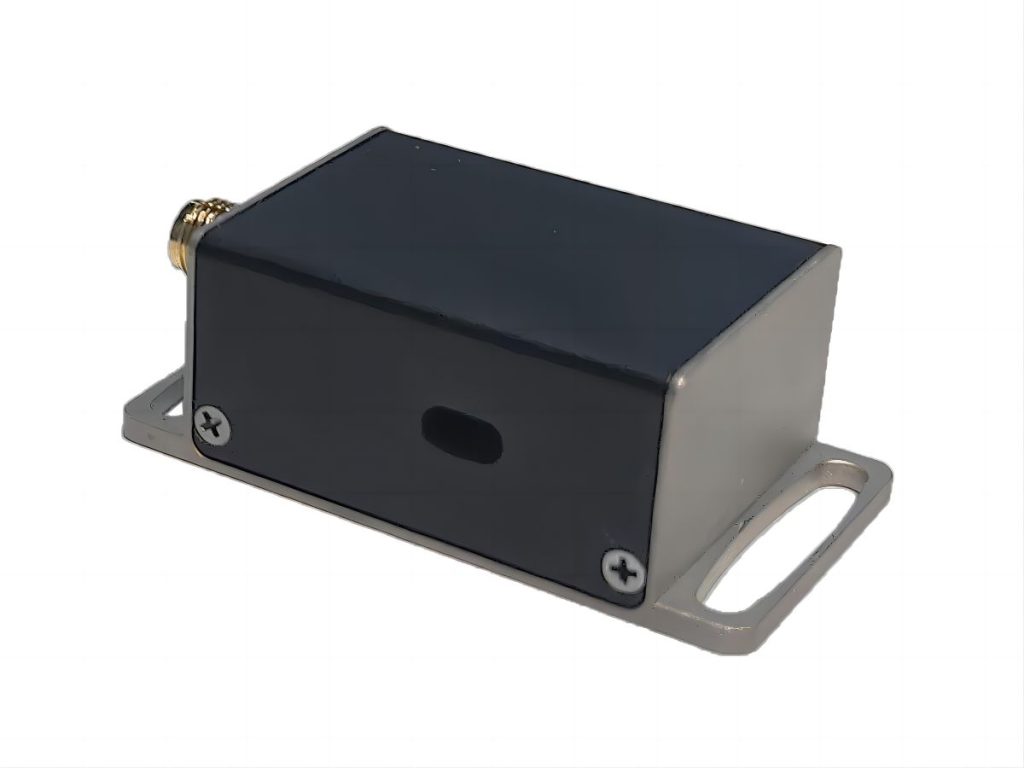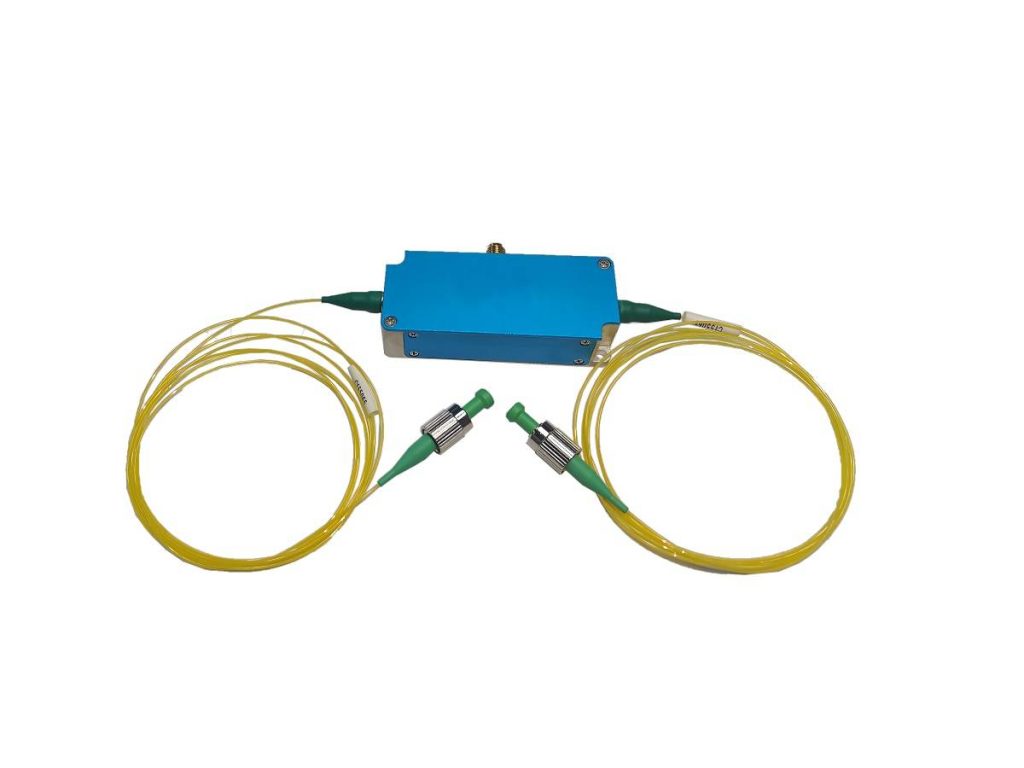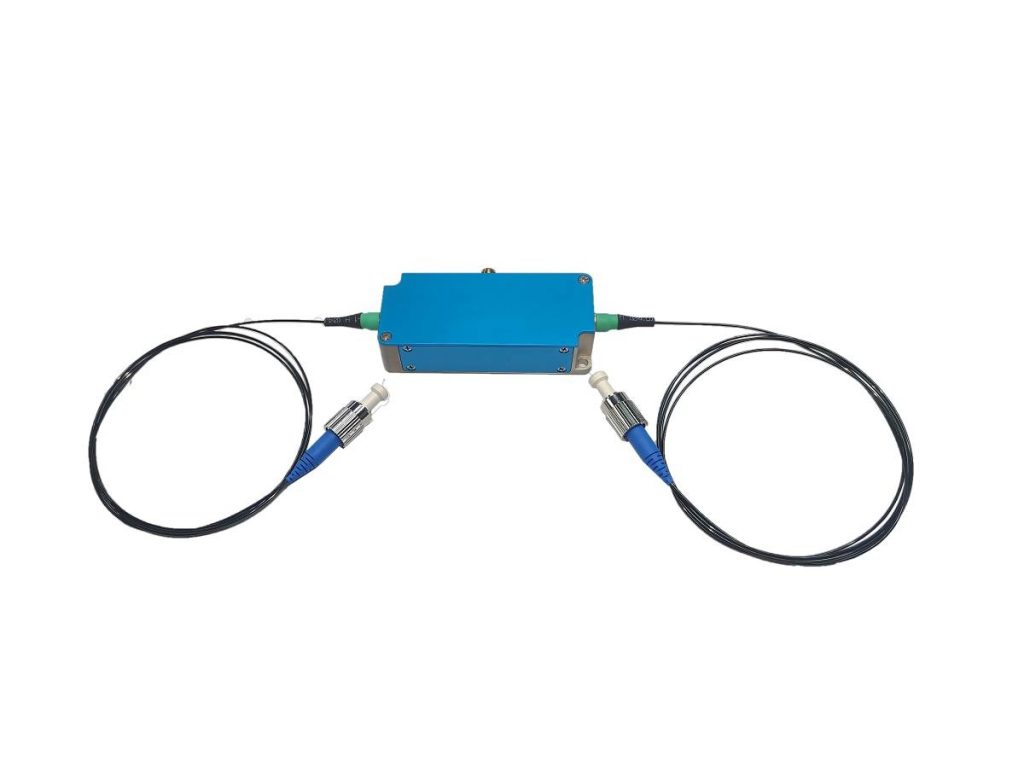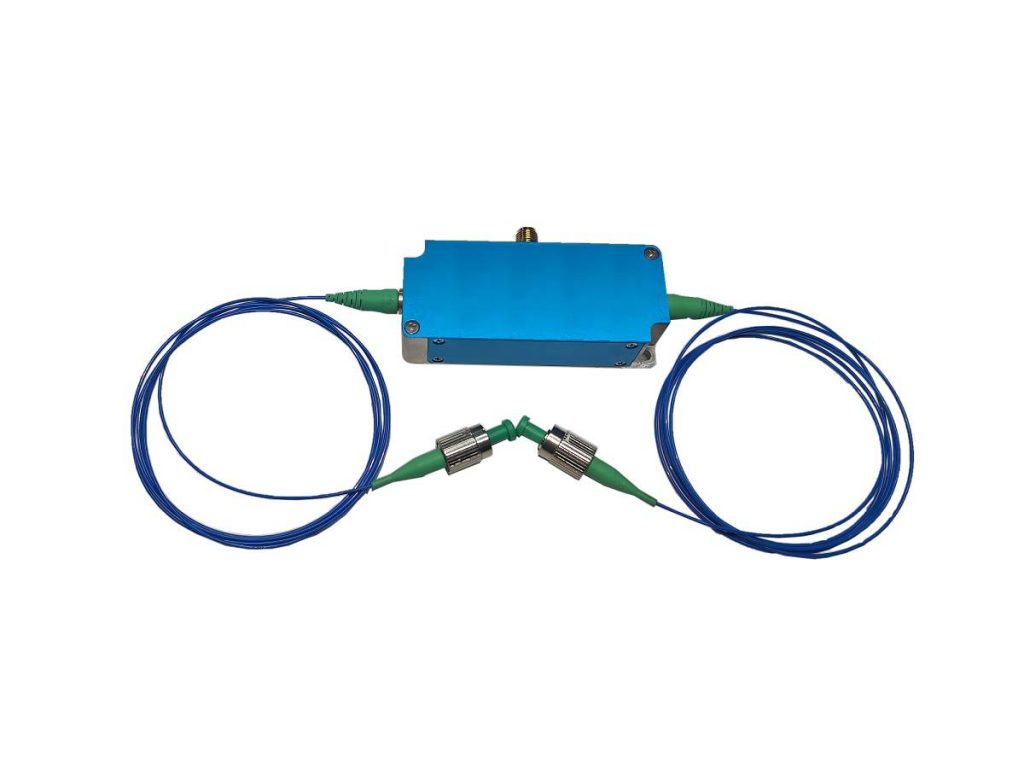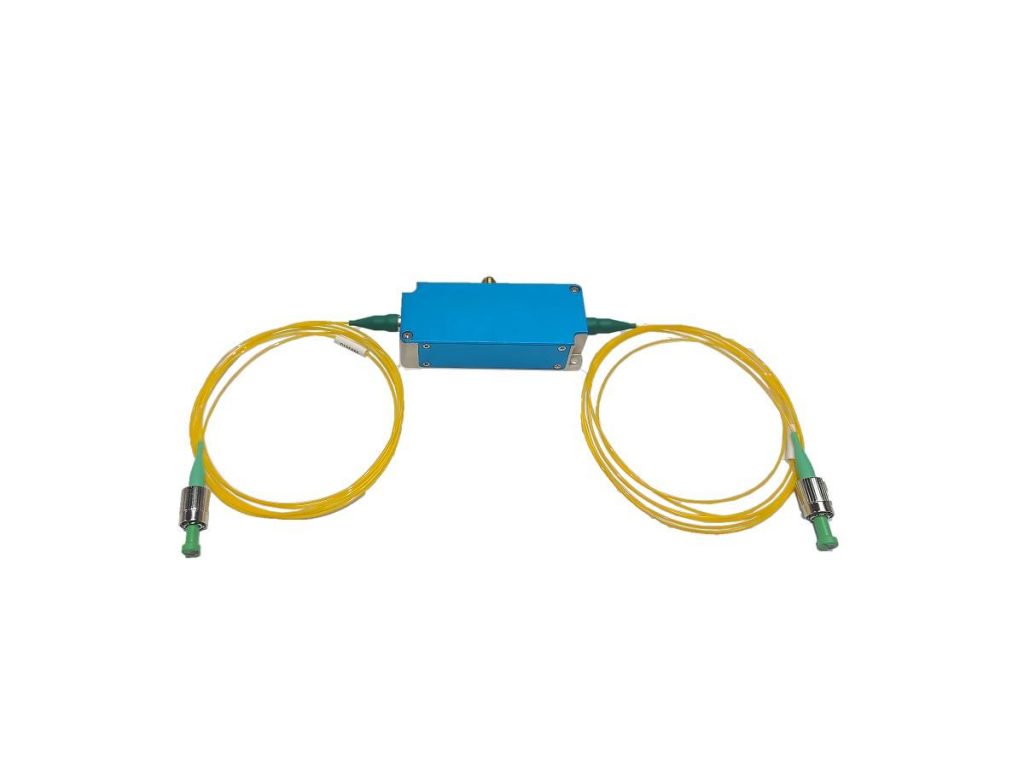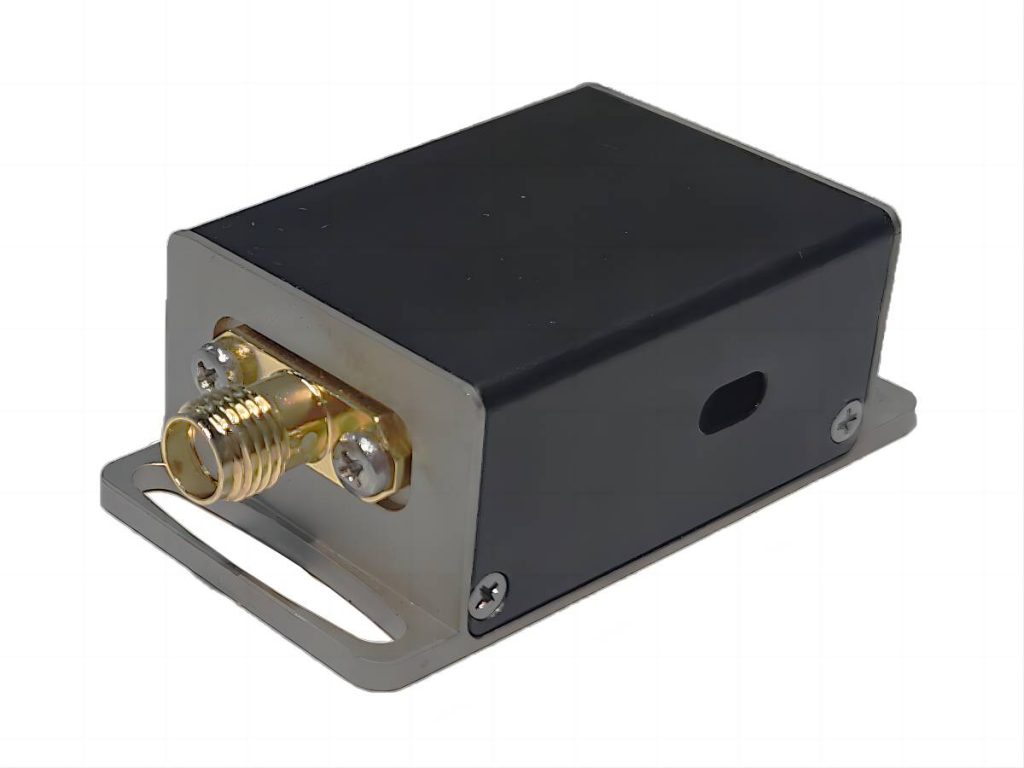AOMs in PICs: A Comprehensive Guide
Acousto optic modulators (AOMs) have become indispensable components in photonic integrated circuits (PICs), offering precise control over optical signals. Their ability to efficiently modulate light intensity, frequency, and phase has enabled a wide range of applications, from optical communications to optical computing. This comprehensive guide by Smart Sci & Tech will delve into the critical aspects of AOMs in PICs, including performance optimization, their impact on signal processing efficiency, fault diagnosis, and maintenance techniques, and additional considerations for their effective integration. By understanding these key factors, researchers and engineers can optimize the performance of AOMs in their PIC designs and ensure their reliable operation.
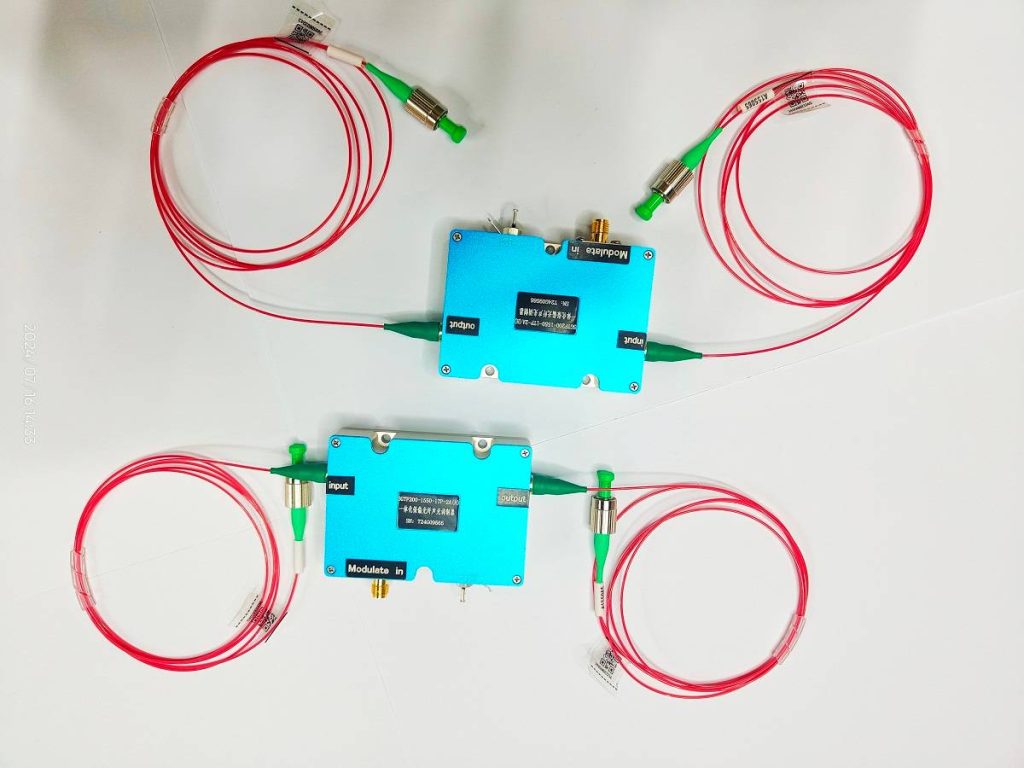
Performance Optimization of AOMs in Photonic Integrated Circuits
Performance optimization is paramount in the application of acousto optic modulators (AOMs) within photonic integrated circuits (PICs). This encompasses but is not limited to, enhancing modulation rates, increasing modulation depth, and minimizing insertion loss. A combined approach of experimental research and simulation modeling is typically employed to achieve the desired performance metrics.
For instance, by optimizing the propagation structure of acoustic waves and the properties of the materials involved, the modulation rate and sensitivity of AOMs can be significantly improved. Furthermore, exploring novel materials with superior acousto optic properties, such as high acousto optic figures of merit, can lead to more efficient and compact AOM devices.
The Impact of AOMs on Signal Processing Efficiency in PICs
The integration of acousto optic modulators (AOMs) into photonic integrated circuits (PICs) has the potential to significantly enhance signal processing efficiency. AOMs operate by rapidly modulating the properties of light waves through the application of acoustic waves, without the need for additional energy consumption. This characteristic is particularly advantageous for high-speed signal processing applications. By introducing AOMs into PICs, several key benefits can be realized:
- High-Speed Modulation: AOMs enable ultra-fast modulation of optical signals, enabling applications such as high-speed optical switching, optical signal processing, and optical communications. The ability to rapidly switch between different optical states allows for more flexible and dynamic signal processing.
- Reduced Power Consumption: Unlike traditional electronic devices, AOMs do not require significant electrical power to operate. This results in lower power consumption and reduced heat dissipation, making them well-suited for energy-efficient systems.
- Broad Bandwidth: AOMs can operate over a wide range of frequencies, enabling broadband signal processing. This is particularly useful for applications that require simultaneous processing of multiple signals with different frequencies.
- Reduced Electronic Bottlenecks: Traditional electronic components often suffer from limitations at high frequencies, limiting the overall performance of signal processing systems. By offloading signal processing tasks to the optical domain using AOMs, these electronic bottlenecks can be mitigated, leading to improved system performance.
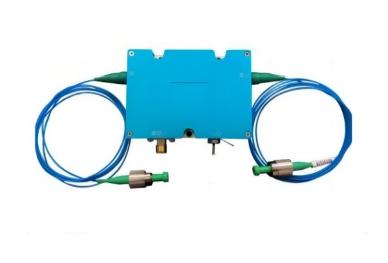
Fault Diagnosis and Maintenance of AOMs in PICs
Fault diagnosis and maintenance of acousto optic modulators (AOMs) within photonic integrated circuits (PICs) is a critical aspect of ensuring reliable system operation. Given the complexity of AOMs, failures can significantly degrade the overall performance of PICs. Therefore, it is essential to implement real-time monitoring and diagnostic techniques to promptly detect and locate faults, and to perform necessary maintenance.
Factors to AOM Fault Diagnosis and Maintenance
- Acoustic Wave Propagation Monitoring: Continuous monitoring of the propagation characteristics of acoustic waves within the AOM is crucial. Changes in acoustic wave velocity, attenuation, or diffraction patterns can indicate potential issues such as material degradation, bonding failures, or damage to the acoustic transducer.
- Real-time Modulation Performance Monitoring: Online monitoring of the modulation performance of the AOM is essential to detect any deviations from the expected behavior. This may involve measuring parameters such as modulation depth, frequency response, and insertion loss. Any significant changes in these parameters can indicate issues with the AOM or associated circuitry.
- Regular Inspection of AOM Components: Periodic inspection of the physical components of the AOM, including the acoustic transducer, optical waveguide, and bonding interfaces, is necessary to identify any signs of wear, damage, or contamination.
Additional Considerations:
- Predictive Maintenance: By analyzing historical data and using machine learning techniques, it is possible to develop predictive maintenance models that can anticipate potential failures before they occur. This can help to minimize downtime and reduce maintenance costs.
- Remote Monitoring and Diagnostics: Remote monitoring and diagnostic capabilities can enable timely detection of faults, especially for systems deployed in remote or inaccessible locations.
- Built-in Self-Test (BIST): Incorporating BIST circuits into AOMs can provide a means for self-testing and fault detection.
- Fault Tolerant Design: Designing AOMs and PICs with fault tolerance features, such as redundancy and graceful degradation, can help to improve system reliability.
A comprehensive approach to fault diagnosis and maintenance is essential for ensuring the long-term reliability and performance of AOMs in PICs. By combining real-time monitoring, predictive maintenance, and regular inspections, it is possible to identify and address potential issues before they lead to system failures.
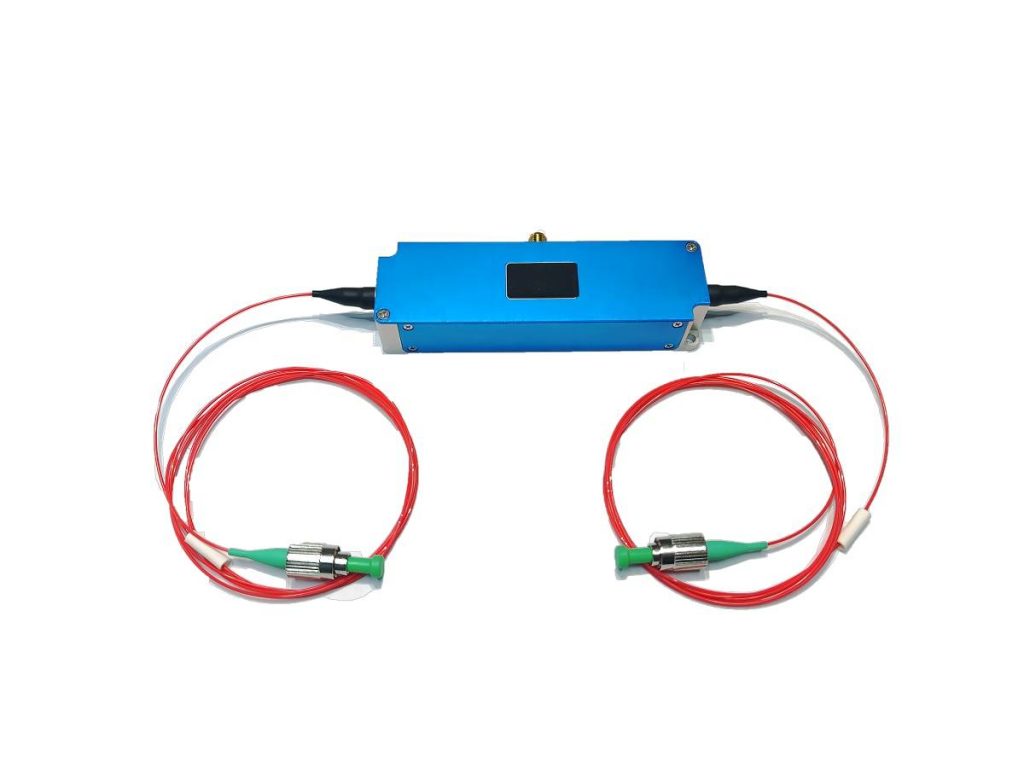
Ensuring the Continued Success of AOMs in PICs
AOMs help to improve the functionality and performance of photonic integrated circuits. Researchers and engineers can maximize the use of AOMs in their applications by optimizing their performance, understanding their impact on signal processing efficiency, and implementing effective fault diagnosis and maintenance strategies. Smart Sci & Tech as a professional AOMs supplier gives you additional guides to help you ensure the continued success of AOMs in PICs.

